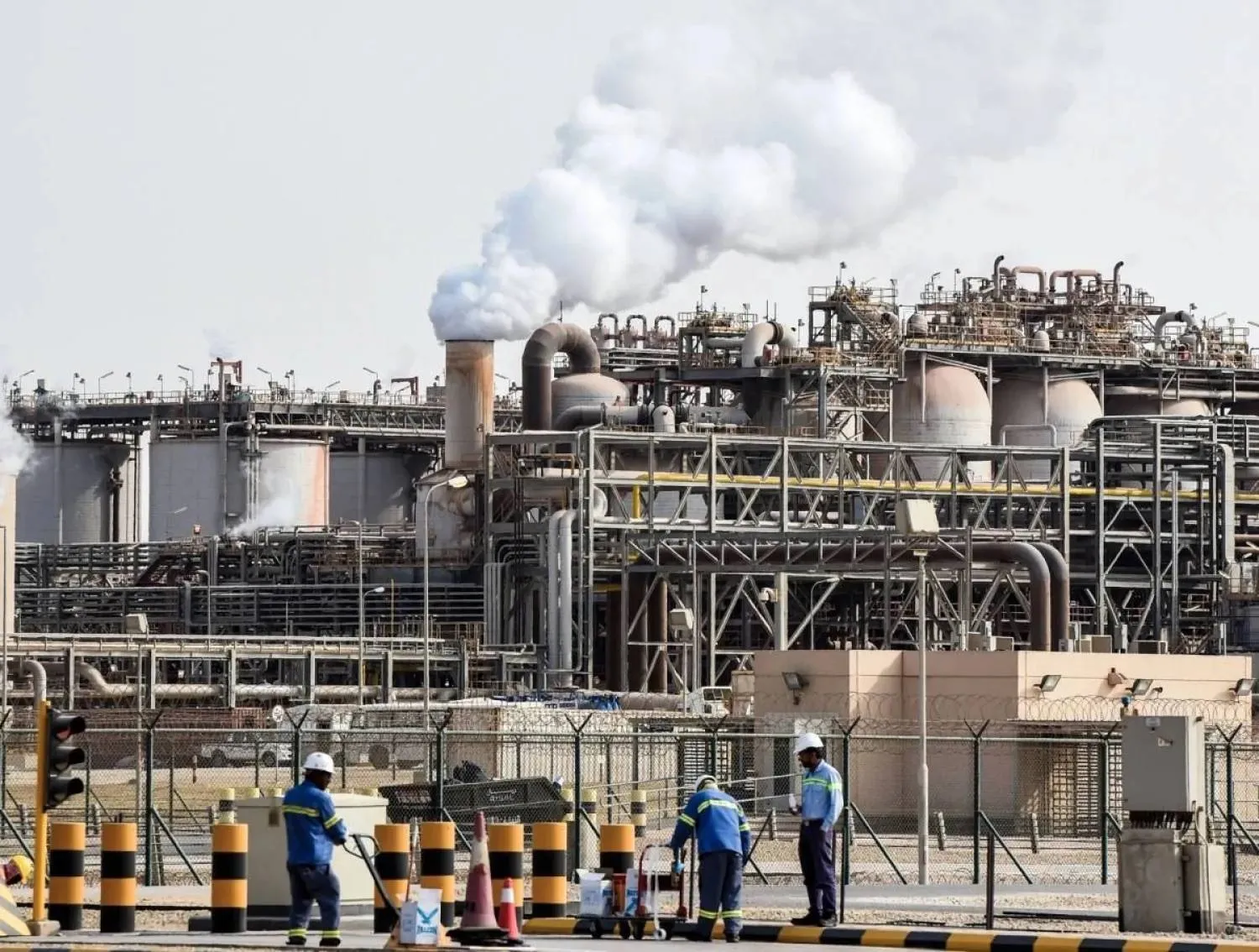Gold prices eased on Tuesday, while investors awaited a slew of US economic data to gauge the size of the Federal Reserve's expected interest rate cut this month.
Spot gold fell 0.2% at $2,495.50 per ounce by 0630 GMT. Prices hit a record high of $2,531.60 on Aug. 20.
US gold futures steadied at $2,527.50.
The dollar lingered near a two-week high, making bullion less appealing for other currency holders.
"Gold is unable to recapture levels around all-time highs due to lack of fresh positive catalysts. If we see U.S. data pointing to a weak economy and the Fed taking to the narrative of having a jumbo rate cut, gold will rally," said Kelvin Wong, OANDA's senior market analyst for Asia Pacific.
"Prices could go as high as $2,640 this year."
Market focus is on Friday's US August non-farm payrolls report. Economists surveyed by Reuters expect the addition of 165,000 US jobs.
ISM surveys, JOLTS job openings and ADP employment report are also on investors' radar.
Traders currently see a 31% chance of a 50-basis-point rate cut at the Fed's Sept. 17-18 policy meet and a 69% chance of a quarter-point cut.
Last week, data showed US consumer spending picked up in July, arguing against a 50-bp rate cut.
Gold "remains our preferred hedge against geopolitical and financial risks, with additional support from imminent Fed rate cuts and ongoing emerging market central bank buying. We open a long gold trade recommendation," Goldman Sachs said.
Bullion is considered a safe asset amid turmoil and tends to thrive in a low rate environment.
Spot gold may test support at $2,473, a break below that could open the way towards $2,434, according to Reuters technical analyst Wang Tao.
Spot silver dipped 0.5% to $28.35, platinum fell 1% to $921.05 and palladium lost 1% to $968.62.
Gold Eases as Traders Wait for US Economic Data

Gold bars from the vault of a bank are seen in this illustration picture taken in Zurich November 20, 2014. Reuters

Gold Eases as Traders Wait for US Economic Data

Gold bars from the vault of a bank are seen in this illustration picture taken in Zurich November 20, 2014. Reuters
لم تشترك بعد
انشئ حساباً خاصاً بك لتحصل على أخبار مخصصة لك ولتتمتع بخاصية حفظ المقالات وتتلقى نشراتنا البريدية المتنوعة





